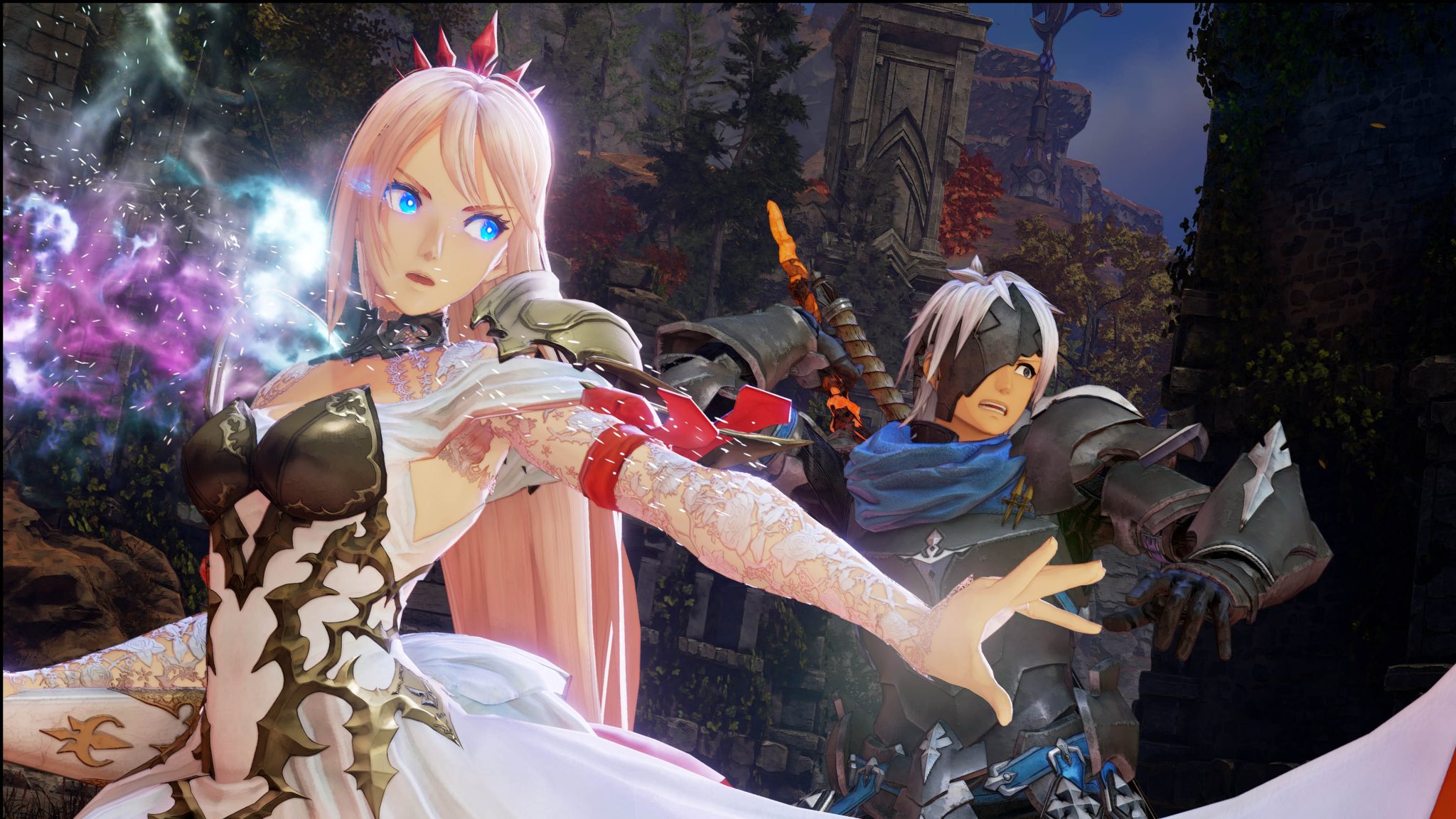
Tales of Arise, the newest installment in the celebrated RPG series, Tales, was released on September 2021 for PlayStation 4 (*1), PlayStation 5 (*2), Xbox Series X|S (*3), Xbox One (*4), and STEAM (*5). Our thirteenth development episode sheds light on the new title, whose theme is inheritance and evolution, and how it satisfies core fans while simultaneously reaching out to new demographics.
Participants were interviewed in an online discussion over Zoom. (Held January 2022.)
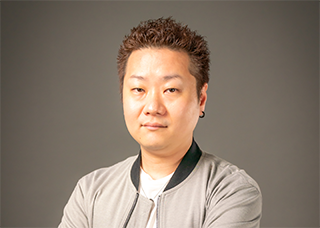
- Yoshimasa Tanaka
- Development Producer
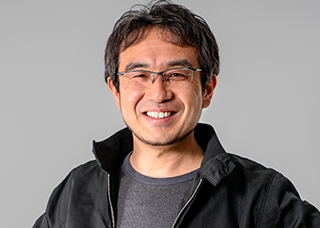
- Shuji Ikegami
- Next-Gen Release and Development Producer

- Hirokazu Kagawa
- Director

- Minoru Iwamoto
- Art Director, Character Designer
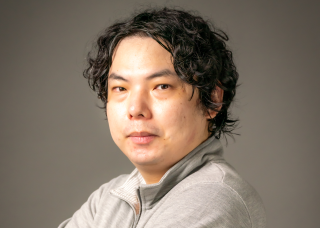
- Hiroyuki Kobayashi
- Graphics Programmer

- Moeka Oshiyama
- Project Manager
Last-minute Changes to Shionne’s Characterization
■Tanaka: Kagawa-san, weren’t you in charge of reworking the story in addition to your Director duties?
●Kagawa: Yeah, we made some changes to Shionne’s story near the end of development. We did this since her personality is rather stern at the beginning of the game, and many scenes would leave the player feeling unpleasant.
So we made some adjustments to her story to better show the motives as to why she is cold with her words and actions, and to show that she has her own lovable side. Although it’s up to the player to decide how they feel about Shionne as a character, my time making these changes would have been worth it if you could find something you liked about her.
■Tanaka: I remember that the Shionne before these changes was a lot more confrontational.
●Kagawa: She travels with the party members to achieve a certain goal, but the reason behind it is shrouded in mystery. Until the reveal, it was hard for the player to notice that Shionne was hiding some kind of secret from the player, so she ended up just being a cold person who fights for some reason. The way we wrote the story made it difficult to see her hidden qualities. So we made some changes to her lines and facial expressions during cutscenes to try and show that she’s a character with grit, but has her own emotional baggage to deal with and that’s why she’s so harsh.
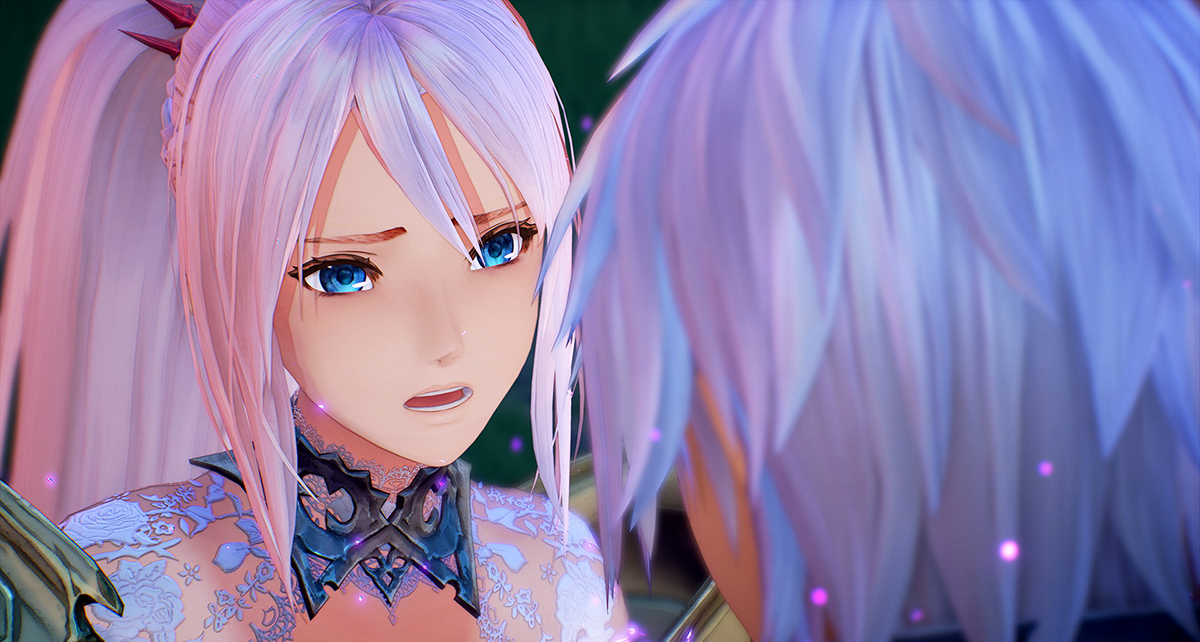 Tales of Arise™ & ©Bandai Namco Entertainment Inc.
Tales of Arise™ & ©Bandai Namco Entertainment Inc.
■Tanaka: Speaking of story writing, we added the in-map short lines of text near the end of development, right?
●Kagawa: Sorry, I asked for that to be added (bitter laugh). The game might’ve been fine without them, but on review, I thought we didn’t really show the characters having a great time chatting with each other on the road, which is a staple of the Tales Of series. Although it really was near the end, we added everything from banter to things that helped explain the story.
■Tanaka: Skits changed a lot this time too. I remember having to redo quite a few of them.
●Kagawa: It took us a while until we could get the format down. We had something closer to comic book panels at first, but I was frequently given feedback from people checking the skits that said that they “exaggerate the character models too much.” So I started again from scratch and that ended up being what we have now. I feel it’s not too dramatic compared to the old version and even allowed for additional elements, so it turned out well.
What It Means to Make the Tales Of Series
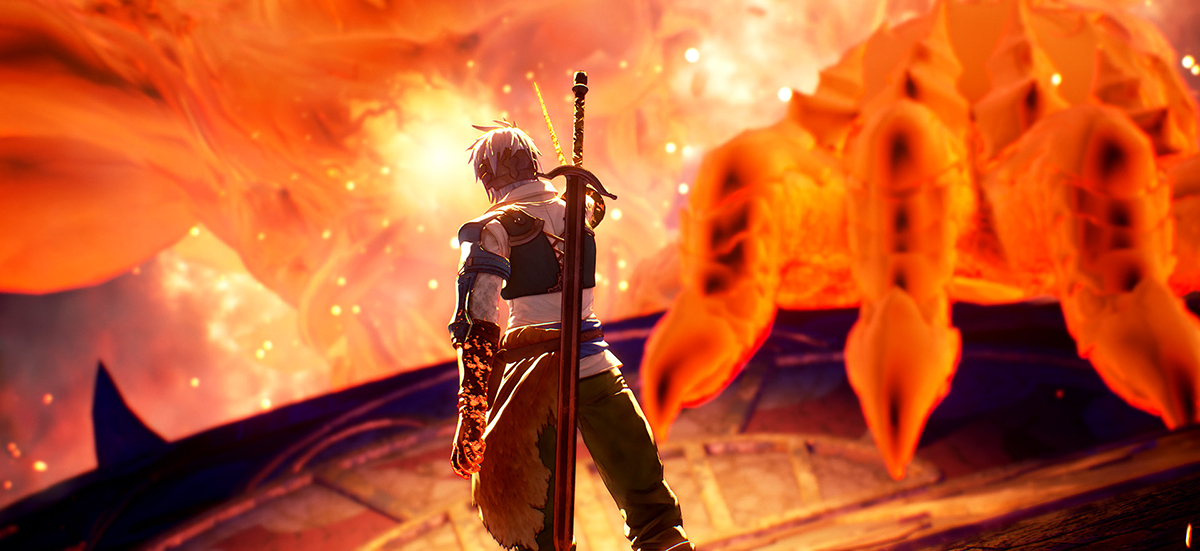 Tales of Arise™ & ©Bandai Namco Entertainment Inc.
Tales of Arise™ & ©Bandai Namco Entertainment Inc.
■Tanaka: Development takes many years, and involves a lot of work. I can’t thank everyone enough as Development Producer. I’m sure that during the project’s long development cycle, you faced tough times while making Tales of Arise a reality. Can you share one of these moments with us?
●Kagawa: Nothing in particular was too bad… but that might be because I’m not the type of person to go “I’m too tired I don’t want to work anymore”. My love for the Tales Of series was more important, and my mind was focused on how I could keep the series fun, and how to get more people to play the game. I think that I was able to run with the project until the very end of development because of this. However, looking at it from a Director’s perspective, I could tell that development was wearing down some individuals or teams.
But I’m glad that we could overcome our issues and players enjoyed what we made.
■Tanaka: I could really feel everyone’s love and determination for the Tales Of series from how they took to development, as well as from the game itself. I think it’s this attitude that resulted in the quality we achieved for the final game.
●Kagawa: I became a video game creator because I wanted to work on the Tales Of series, so I really feel like I’m living the life.
■Tanaka: As a series, Tales Of has a pretty long history, and many people on the team had been involved with previous games in the series. I remember there being many big changes from the beginning of development, did anyone protest?
●Kagawa: The very beginning of the project had us going for a more realistic-feeling game. This extended to the combat, which we made to convey a sense of weight. But more and more people on the team started to go “This doesn’t play like a Tales Of game” so we pretty quickly abandoned that idea for the actual gameplay. Did the art run into similar issues, Iwamoto-san?
●Iwamoto: In Tales of Arise, we took a look at what traditions we should keep and which ones we should change. For example, we asked ourselves why characters yell out their moves as they use them, or why we use Gels as healing items. Honestly, we weren’t really sure what we were doing when we started questioning every little thing. Some people even said “Shouldn’t we just call this game something else?” Tales Of is a long-running series, and many in the team are strongly invested, so we banded around the concept of “keeping and evolving”; leaving the good parts of the series as-is and evolving the parts that needed updates. We started making progress after this but I was actually worried before we got there.
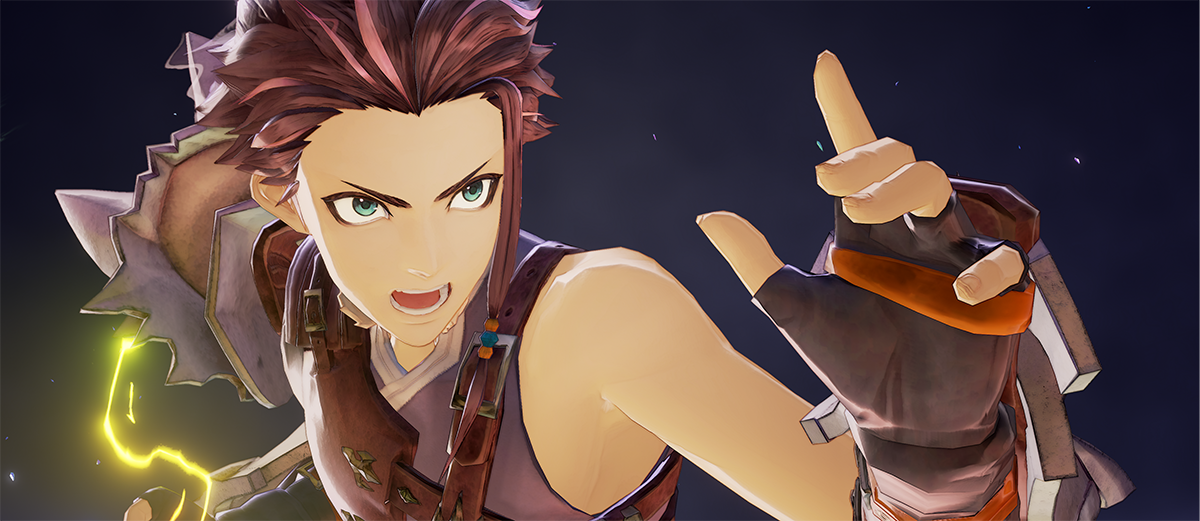 Tales of Arise™ & ©Bandai Namco Entertainment Inc.
Tales of Arise™ & ©Bandai Namco Entertainment Inc.
●Kagawa: We changed a lot of things that were in previous games for Tales of Arise, so everyone working on the project were worried if Tales Of fans would be accepting of these changes. We were nervous even after development finished, and we could only breathe easy when the game finally came out and we could get feedback from fans around the world.
●Iwamoto: I was the same. I could only relax after I saw fans going “it was fun” or “I liked that character”. Up until the game released, I was worried if all the thought we put in would pay off. I feel like I finally finished my job when series fans enjoyed the game.
Development Stories: A Constant Uphill Battle
■Tanaka: I personally feel that Oshiyama-san played a role in managing the development schedule, and that’s why everything ended up going smoothly all the way to the end. Was anything particularly challenging for you?
●Oshiyama: Near the end of development, there were times when we had to go “we won’t be able to fit this in the game if we continued doing it this way, let’s try a different approach”. Of course, I understand that everyone wants to make the game the best it can be, but we have to keep to the release schedule. It’s part of our job, but it was a challenge to determine how we could solve or enable ourselves to solve these issues.
●Ikegami: Speaking for the next-generation development team, we had to fight with making sure we were on time with remaking the ported version of the content painstakingly made by the current-generation team.
●Kagawa: We fill up the schedule with what we think is enough time to meet the project deadline, but developers often want to improve and polish what they make, so they’ll ask us to “make it happen” schedule-wise (laughs). Oshiyama-san would then make hard choices for us like incorporating A but stopping work on B, meaning that scheduling went well for the next-generation team as well.
●Oshiyama: The schedule comes first, so I needed to make a policy of not letting every single little addition pass, while allowing other things developers proposed that I felt would definitely make the game better. I had to be assertive on the outside, but in the background I was squeezing the most I could into the schedule… (laughs)
●Ikegami: I remember the schedule changing twice in one week near the very end.
●Oshiyama: It was also my first time working on an RPG, so I learned that it’s really difficult to make games in this genre. There was a list of what we needed to develop in the first meeting I attended, and the list was so massive that not everyone on development knew what to prioritize at first. We thought that there would be lots of bugs if we didn’t check over everything on the list, so I tried my best to always look at the schedule and to keep myself organized.
■Tanaka: Having it release simultaneously worldwide made things quite difficult too.
●Oshiyama: Yes. Previous games in the Tales Of series were localized and sold internationally after the Japanese version was finished, but Tales of Arise was a worldwide simultaneous release. This is why we needed to include the amount of time it took to localize the game into the schedule. Sharing information on both text translation and voiceover recording added to the workload.
●Kagawa: You were a lifesaver when we were changing Shionne’s story, which I talked about earlier. Although this isn’t something to brag about, most projects I worked on before didn’t have such a nicely managed schedule. It was also our first worldwide simultaneous release, so there was real purpose to all of the scheduling you did.
●Oshiyama: If someone told me “I want to add this story episode”, I’d ask them “By when? Do we need to translate and dub it?” and make sure everything was clear. COVID-19 restrictions outside Japan were also relatively stricter, with some cities and recording studios being locked down. This meant that everything took longer.
●Kagawa: I brought this up earlier, but that happened when we added the in-map short messages. Oshiyama-san said “We can add it if you can have the story finalized by this date”, so we immediately got everyone together to hammer out a list of things we wanted to add… (bitter laugh)
●Oshiyama: Behind the scenes, I’d be asking the localization managers how many more days they can stay with us (laughs). But overall, I think the game is better because we made these additions.
■Tanaka: Were there any issues related to the graphics, Iwamoto-san, Kobayashi-san?
●Iwamoto: I was also the Art Director, so I needed to set goals for everyone else. For our initially planned release date, I had everyone try to aim for 200 points out of 100, with 100 being the games that came out at the time, or the graphics we had in mind for a Tales Of game at the time. Since the game would come out years after we set our goals, players would get to play better and prettier-looking games as we worked on development, meaning that our initial goals might become outdated. This means that we aimed for 200-point Tales Of visuals at the beginning of the project, and try to end up with something 100 points or higher on release. Not everything went according to plan, but I enjoyed the process, so while there were hardships, I wasn’t unhappy. But I did have to ask Kobayashi-san for a few reckless favors…
●Kobayashi: Don’t mention it.
●Iwamoto: I usually have high expectations for the visuals we make, so the amount of trial and error we do to get there takes time, but Kobayashi-san would propose and make stuff that would match or even exceed my expectations. And it’s thanks to Kobayashi-san that we were able to make a lot of things that we did. While he is a programmer, I thought of him as an artist whenever I interacted with him.
●Kobayashi: Thank you, but I’m a programmer, not an artist (laughs).
●Iwamoto: I treat you like an artist (laughs).
Switching topics to character design, I was happy when we finalized the designs for Tales of Arise, but I was very nervous as to whether or not series fans would accept the characters I designed. The pressure was honestly so high that I frequently felt like I had a stomachache. Even now, I see opinions that are both positive and negative, but I feel like a huge weight has been lifted off my shoulders when I see a fan say they liked the designs.
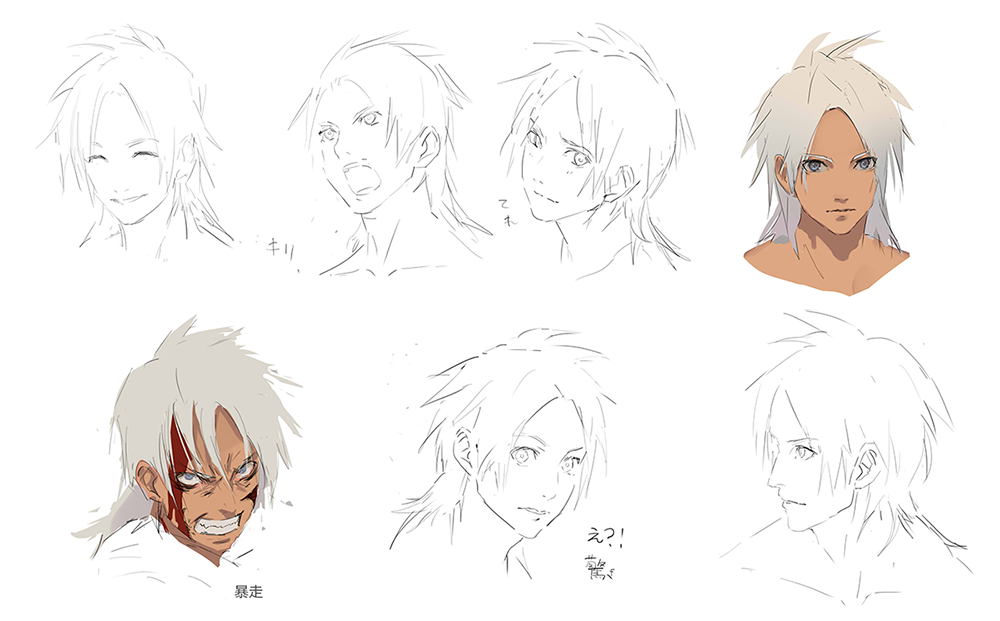
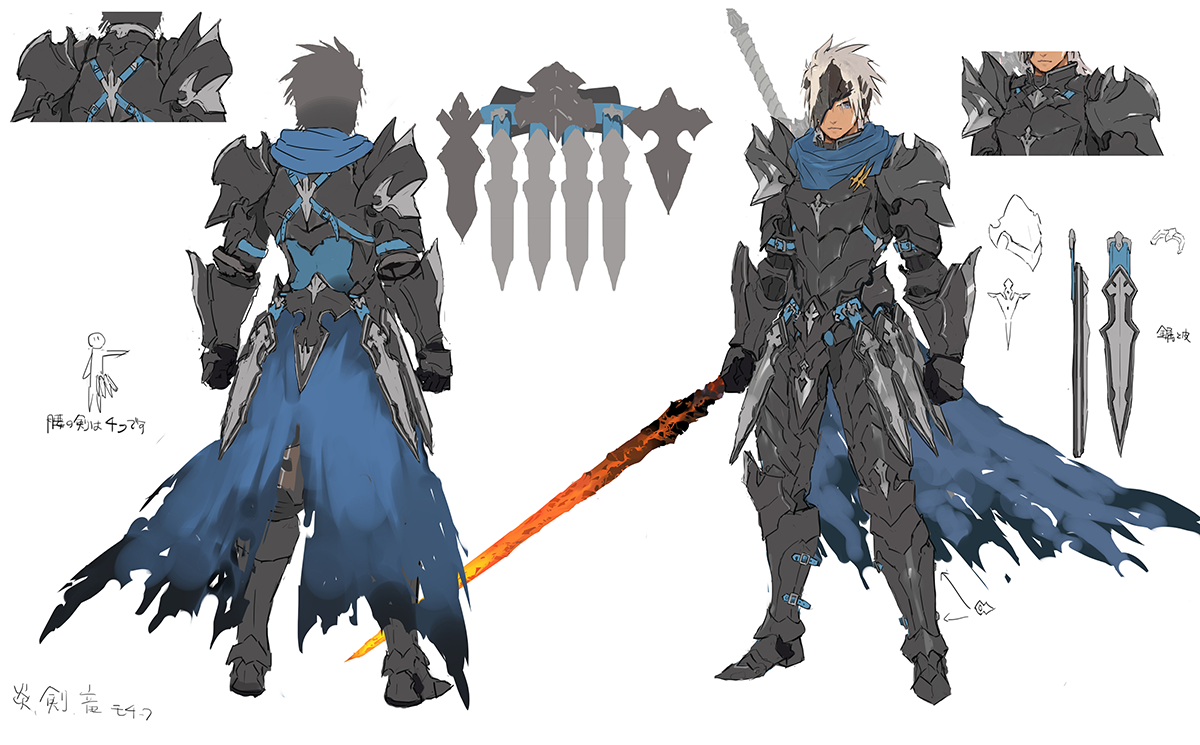 Tales of Arise™ & ©Bandai Namco Entertainment Inc.
Tales of Arise™ & ©Bandai Namco Entertainment Inc.
Development during COVID-19
■Tanaka: Tales of Arise started development before 2020, so it was fairly difficult for everyone to start working from home, since nobody had dealt with anything like COVID-19 before.
●Oshiyama: Right, but we foresaw that we would lose visibility on some things because we communicated less than if we were in the office. That’s why we made time for people to talk to each other every day. We had meetings even if everything was going as planned, as opposed to having them in response to something happening. We had these meetings once a week at first, but by the end we had one in the morning and one in the evening where we would check up on each other and ask how development was going. Necessitating these meetings helped us communicate during the pandemic.
■Tanaka: Fortunately, we didn’t go into the pandemic completely blind because our members started working from home after getting to know each other. This meant that we weren’t as affected by the decreased communication.
●Ikegami: We were collaborating with YUKE’S for our next-generation console development, so COVID-19 had an impact there. The work done for next-generation consoles was done during the pandemic, so all of our communications with YUKE’S, which was in charge of development work, was done remotely. At the end of the day, everything proceeded without issue, but we had some problems that couldn’t be resolved while working remotely.
The PlayStation 5 controller has haptic feedback, which relays various senses to the player, and Tales of Arise is programmed to use this technology. One thing that we couldn’t do online, no matter how hard we tried, was reach a consensus on controller feel and have it in writing to share with everyone else. YUKE’S’ staff had to come in person and we had a meeting where everyone gave feedback.
In Conclusion
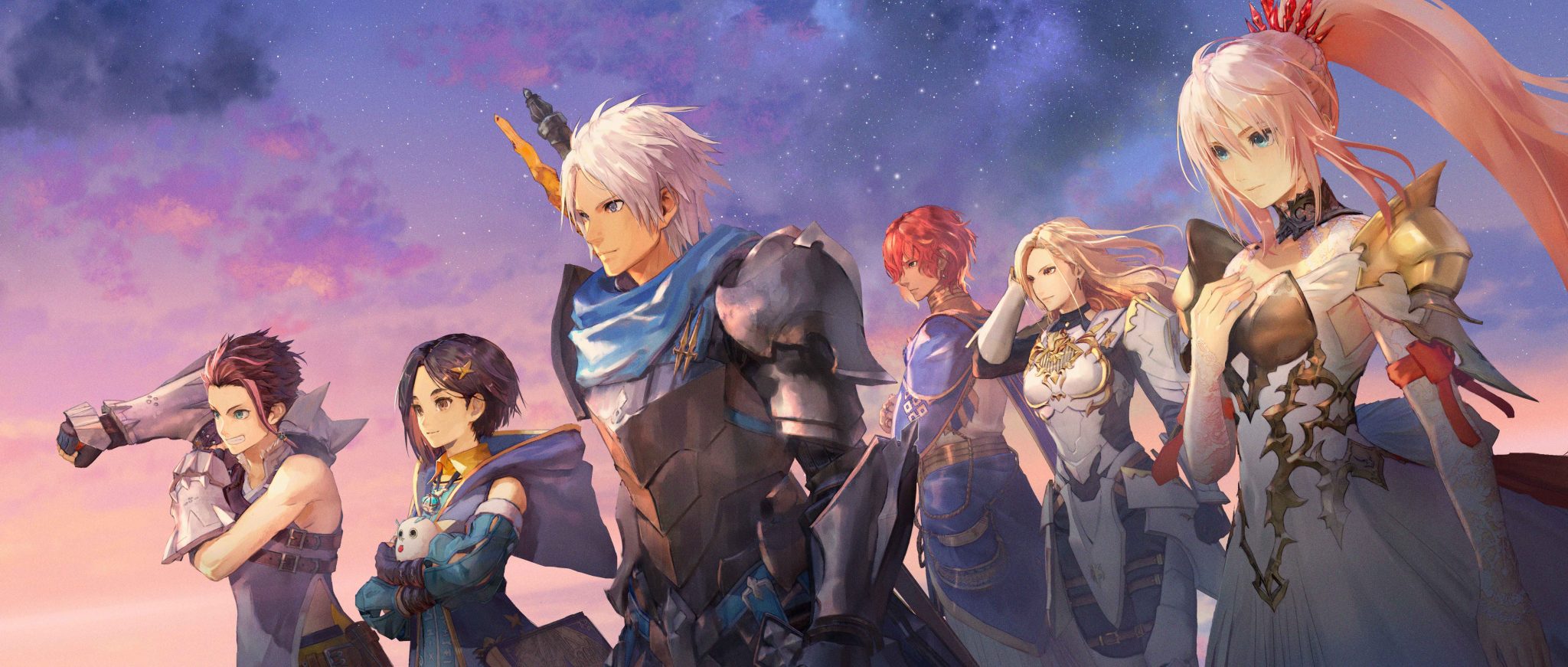 Tales of Arise™ & ©Bandai Namco Entertainment Inc.
Tales of Arise™ & ©Bandai Namco Entertainment Inc.
■Tanaka: We were able to make a wonderful game thanks to everyone’s efforts. Let’s end by sharing some things you’d like players to watch out for while playing Tales of Arise.
●Kagawa: The artistic and graphical improvements and the satisfaction of defeating threatening enemies. But at the same time, the game also has an accessible story for players to enjoy. I’d like people to play the game even if Arise is their first Tales Of title.
●Kobayashi: Everything visuals-related has been improved upon in this title, from the techniques used in the visuals during battle to minor details during event scenes. It would be nice if everyone could see the effort we put into evolving the ways we could visually present the game.
●Ikegami: The next-generation console version of the game loads faster and has a higher resolution, resulting in a better experience. I put a lot of thought into the haptics feedback of the PlayStation 5 version, so I would like people to try it out. The actions of each character are all tuned differently!
●Iwamoto: I put effort into the fine painting-like textures in my role as Art Director. Much work was also put into the feel and ambiance of locations, rich color changes, and the lighting. If there’s a particular map that suits your fancy, take your time and have a good look at the characters and the game world. In my role as Character Designer, I incorporated animal motifs into the designs of each character to better bring out their personalities. Try and look for them!
Official websites:
https://toarise.tales-ch.jp/
Publisher: Bandai Namco Entertainment Inc.
*The names of companies and products mentioned herein are trademarks or registered trademarks of their respective owners.
(*1, *2) “PlayStation” is a registered trademark or a trademark of Sony Interactive Entertainment Inc.
(*3, *4) Xbox Series X|S and Xbox One are trademarks or registered trademarks of Microsoft Corporation in the United States and its associated companies.
(*5) ©2021 Valve Corporation. Steam and the Steam logo are trademarks or registered trademarks of Valve Corporation in the United States and/or other countries.
“Tales of Arise”
Tales of Arise™ & ©Bandai Namco Entertainment Inc.





